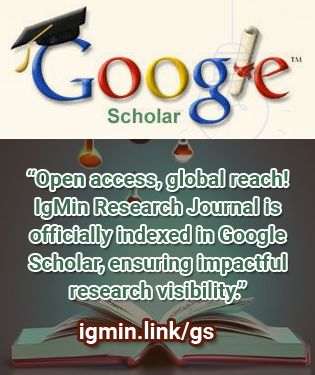Abstract
Studies of Mars missions over the past thirty years lacked credible cost estimates, so the total mass of materiel delivered to Low-Earth Orbit (LEO) was typically used as a rough measure of relative mission cost because the complexity of the mission was thought to be roughly proportional to the initial mass in LEO (IMLEO). Historically, high launch costs led to large investments in space hardware development which led to high space mission costs. Reducing mass became the central theme of space mission engineering. We are now entering a new era where launch costs no longer have the impact that they would have two decades ago. Launch costs are coming down to the point where we must ask ourselves whether it now makes sense to bring ascent propellants and life support resources from Earth (with higher reliability as a bonus), as opposed to using in situ propellant production and cycling of life support resources.
This paper compares various options for bringing ascent propellants and life support resources from Earth vs. developing in situ. In short, it examines the “take it or make it” options for both technologies. For ISPP, the answer is clear: Mars ISPP is not worth the investment when launch costs are low. For life support, the most robust option is to bring life survival resources from Earth, and only use cycling to upgrade the quality of life for the crew.






